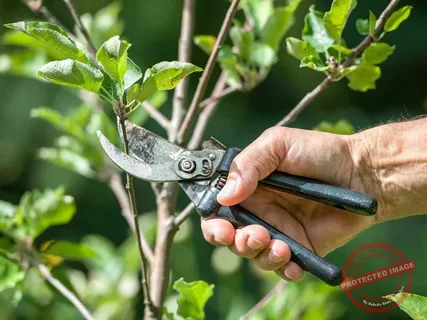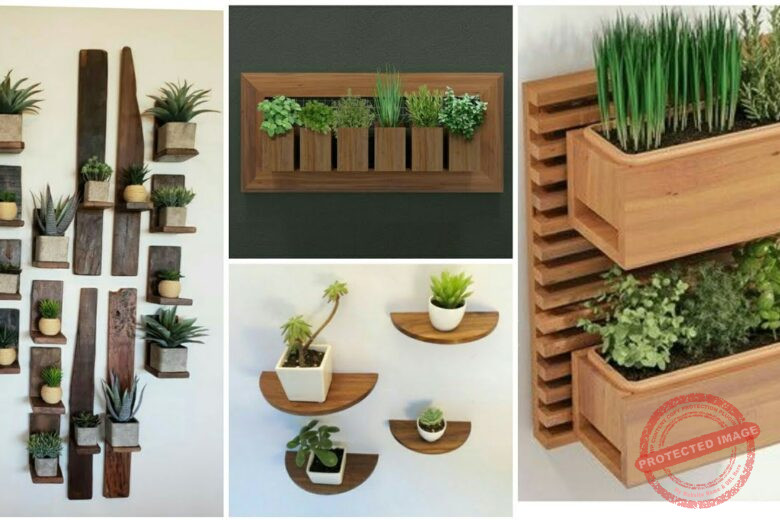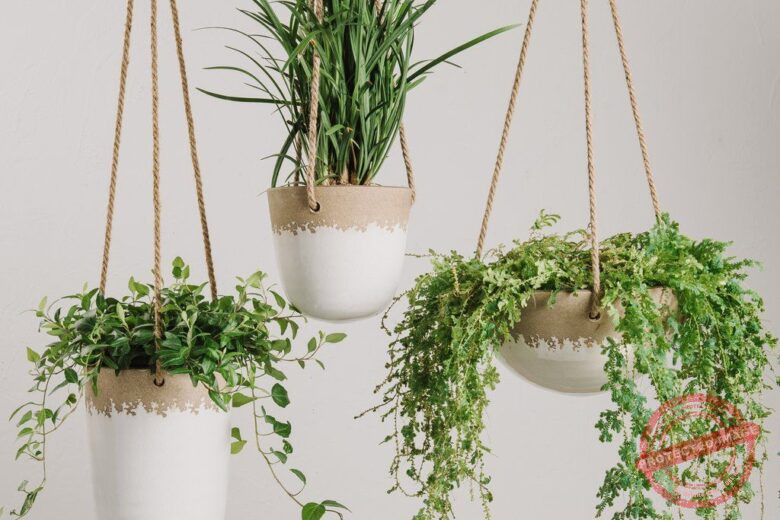There’s a tree that carries more history in its trunk than most books ever could. The Brazilian Wood Plant, known scientifically as Caesalpinia echinata, once ruled the coastal forests of Brazil. It’s not just another tropical tree—it’s the living heartbeat of a nation. Every time I stand near one, I can’t help but feel a quiet reverence. The deep reddish heartwood seems to glow even in shadow, like it remembers the days when explorers crossed oceans in search of it. This is not a plant that merely grows; it endures.
The story of this tree begins long before ships and trade routes. Indigenous people already valued it for its rich red dye and its strong, beautiful wood. But when Portuguese traders discovered it in the 1500s, everything changed. The heartwood produced a brilliant red dye that turned plain fabric into something royal. Europe wanted more—much more. Soon, the forests that stretched endlessly along Brazil’s coast were being cut and loaded onto ships. It was trade, wealth, and tragedy all at once.
The Brazilian Wood Plant gave more than its color; it gave its name to an entire country. “Brazil” came from “Pau-Brasil,” meaning “ember wood” or “red wood.” Yet as centuries passed, greed stripped away its forests until only fragments remained. Standing beside one today feels like standing beside a survivor of a lost era. It reminds us that nature can heal—but only if we give it the space and time it deserves.
The Roots of History: From Forests to Fame
In the 16th and 17th centuries, Caesalpinia echinata was Brazil’s pride and curse. It was once so abundant that entire hillsides blazed red with its flowers. Traders and colonists saw fortune in its timber, which was shipped to Europe in staggering quantities. The dye, called brazilin, became essential in textile industries, coloring the gowns of queens and aristocrats.
By the 1800s, the tree’s decline was evident. The same forests that had nurtured it were being cleared for sugar plantations and cities. Overharvesting nearly erased it from existence. It took decades—and a new wave of environmental awareness—for people to see what had been lost. Conservationists began collecting seeds, mapping the remaining wild trees, and replanting them where they once stood tall.
What Does the Brazilian Wood Plant Look Like?
This isn’t a tree that shouts for attention. It’s elegant and balanced, with fern-like leaves that dance gently in the breeze. Mature trees can reach 30 to 40 feet tall. When the flowering season arrives, clusters of small yellow blossoms cover the branches, a quiet contrast to the dark bark. But the real treasure lies inside: the dense red heartwood. Cut a piece, and you’ll see that glowing ember tone that once made it famous.
It’s not a fast grower—no surprise there. A tree this valuable takes its time. The wood is extremely durable and has long been used in fine furniture, carvings, and especially in the crafting of violin bows. For centuries, musicians prized it for its perfect balance of strength and flexibility.
The Brazilian Wood Supplement: A Modern Revival
In recent years, something called the Brazilian wood supplement has popped up in wellness circles. Though not derived directly from the endangered Caesalpinia echinata, it’s inspired by related species that share similar antioxidant properties. The idea behind it connects back to the original tree’s reputation for vitality and healing.
I’ve had folks at the market ask me if it’s the same plant that once built ships and colored fabrics. Not quite. But its name helps draw attention to the real Brazilian Wood Plant’s conservation. If you ever buy any supplement tied to it, check that it’s sustainably sourced. We can’t keep taking from the earth faster than it can give back.
How to Grow and Care for the Brazilian Wood Plant
Growing this tree takes patience, but every stage is rewarding. Think of it as a long-term friendship—you care for it, and over time, it becomes part of your life story.
Sunlight and Soil:
The Brazilian Wood Plant thrives best in full sun. Choose a location with sandy or loamy soil that drains well. Poor drainage leads to root rot, so avoid heavy clay.
Watering:
Keep the soil moist while the tree is young. Once it matures, it becomes quite drought-tolerant. I usually water mine once a week during the dry season and let rain handle the rest.
Temperature:
This plant loves warmth. It’s native to tropical regions and struggles in frost. If you’re outside those zones, you can grow it in a large pot and move it indoors during cold months.
Pruning:
Trim only the dead or damaged branches. Too much cutting can stress the tree. Let it shape itself naturally—it grows best that way.
Fertilizer:
Feed it with organic compost or leaf mulch twice a year. It doesn’t need chemical fertilizers; it prefers a slow, natural nutrient cycle.
A Real-Life Moment: The Day My Tree Took Root
When I planted my first Brazilian Wood sapling, it was barely knee-high. The sun was fierce that day, and the soil on my small plot felt baked and stubborn. My friend, an old grower from down the road, shook his head. “That’s a slow one,” he said. “Might not even see it mature in your lifetime.” I laughed, wiped my brow, and kept digging. Years later, it’s now taller than my barn. Every morning when I step out with my coffee, I see it stretching toward the sky—a reminder that some things in life are worth the wait.
How to Propagate the Brazilian Wood Plant
Want to start your own? It’s easier than you might think, though it requires patience.
- Soak the seeds in warm water for about 24 hours. This helps soften their hard outer shell.
- Plant the seeds about half an inch deep in well-draining soil.
- Keep them warm and lightly moist. Avoid overwatering—too much moisture causes rot.
- Be patient. Germination can take several weeks, sometimes longer.
- Transplant seedlings when they’re about 6 inches tall. Make sure the spot you choose gets plenty of sunlight.
I’ve had better luck starting them in small pots first, then moving them to open ground once the roots are strong.
Conservation: Protecting a National Treasure
The Brazilian Wood Plant is now protected by law in its home country. Cutting or trading its wood is strictly prohibited without special authorization. Conservation programs and seed banks have sprung up across Brazil to replant and protect what remains of its habitat.
Even instrument makers—who once relied heavily on this wood—are turning to sustainable alternatives. Some now use plantation-grown species or synthetic materials instead. That’s progress, if you ask me. Every time someone chooses a sustainable option, another wild tree gets a chance to keep standing.
As growers and plant lovers, we can do our part too. Planting even one tree, supporting reforestation programs, or educating others about its history all help keep this living symbol alive for future generations.
Frequently Asked Questions
1. Is the Brazilian Wood Plant endangered?
Yes, it’s classified as endangered due to overharvesting and habitat loss. Conservation efforts are helping, but the wild population remains limited.
2. Can I grow it outside Brazil?
Yes, if your climate is warm and tropical. In cooler regions, it must be grown in containers and protected from frost.
3. How long does it take to mature?
It’s slow-growing, often taking decades to reach full height. That’s part of its charm—it teaches patience.
4. Is the Brazilian wood supplement safe?
Most versions are made from related species and are considered safe when sourced responsibly. Always research the brand and origin before buying.
5. Can it grow in pots?
Yes, while young. But once it outgrows the container, transplant it into open ground where roots can spread naturally.
Why This Tree Still Matters
The Brazilian Wood Plant isn’t just part of history—it’s a lesson written in bark and leaves. It reminds us how easy it is to destroy beauty, and how hard it is to rebuild it. Watching mine grow has taught me more about patience, respect, and renewal than any textbook could. Each branch that reaches upward feels like a quiet victory against time.
Sometimes, when I walk past it at sunset, the red glow in its trunk catches the light and looks almost alive. That’s when I think about all the generations before me who knew its worth—and all those after me who’ll hopefully get to see it again in the wild.
Nature gives second chances if we listen closely. Maybe caring for one tree won’t change the world overnight, but it’s a start. And who knows? Maybe your hands could help write the next chapter of its story.
So, what will your next planting say about you?



